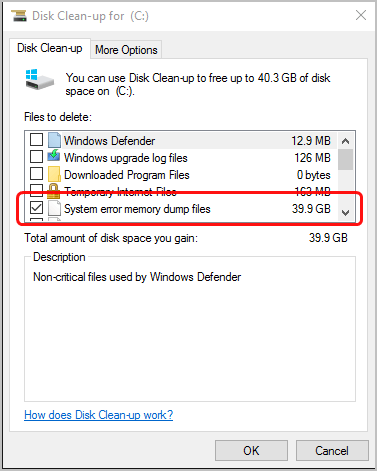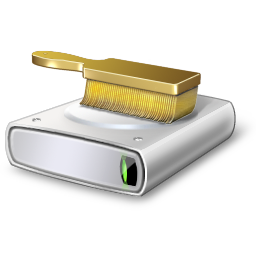

Now, you will be taken to the app’s page where you can find all the relevant information about it.On the search results page, you will see the icon to the WinDgb app.On the top-right corner of the screen, there is a search icon.This will take you to Microsoft’s official app store Click on the top result “Microsoft Store”.First, click on the search bar at the bottom-left corner of your screen, and type “Microsoft Store”.There are mainly four types of dump files – complete memory dump, small memory dump, kernel memory dump, and automatic memory dump.įile sizes and their conversions explained: kilobytes, megabytes, gigabytesīelow are the steps you can follow to first install this app and then use it for reading Windows dump files: They can make sense of the data and improve the system so that such crashes don’t happen frequently. Rather, they are designed for developers. But they are not understandable by the average user. The dump files can be vital to help diagnose and identify the problem that led to the crash. These files store the copy of your computer’s memory at the time of the crash. So, what are Win dump files? Well, when your system crashes and shows an infamous blue screen, it creates memory dump files. However, they still play an important role in the overall Windows ecosystem.

Most people don’t even know what it is and there is a chance you have never come across them. Windows dump files are not that well known.

If you want to know the Windows dump file location and how to read them, stay with us throughout this article.

Please check the Affiliate Disclaimer for more information. You can use the Windows Settings app to get rid of the system error memory dump files.As an Amazon Associate I earn from qualifying purchases, at no extra cost to you. RELATED: Windows Memory Dumps: What Exactly Are They For? Remove Memory Dumps with Windows Settings Unless you plan on sharing these files with someone or using them yourself to help troubleshoot a system crash or other problem, you can safely delete them to free up space. You can generally find these files in C:\Windows\Minidump. There are also smaller minidump files, which are memory dump files that contain fewer details. This file can be up to 800MB in size, and it contains a lot of details that might be useful for a programmer or developer who needs to debug the crash. Windows keeps a maximum of one memory dump file (generally at C:\Windows\MEMORY.DMP), which it overwrites every time your system blue-screens. Whenever Windows suffers a Blue Screen of Death (BSOD) error, it generates a crash file or memory dump file containing a lot of information, like the process threads active before the crash, running programs and apps, active drivers, kernel information, and event timestamps.


 0 kommentar(er)
0 kommentar(er)
